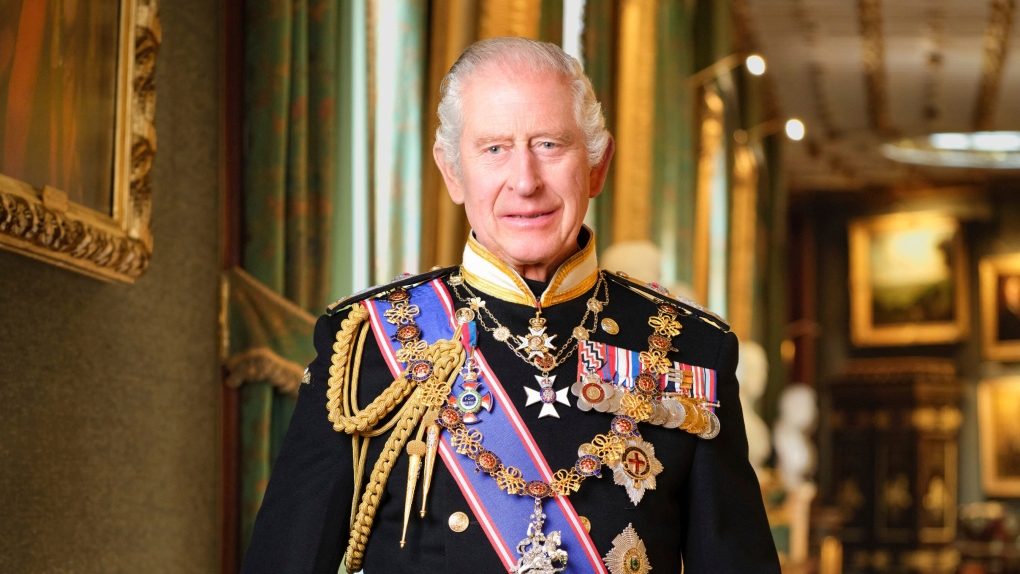
In a recent development, Britain’s King Charles III, aged 75, underwent a corrective procedure for an enlarged prostate, shedding light on the monarch’s health in contemporary times. The scheduled treatment took place at a London hospital, as confirmed by Buckingham Palace. This event not only prompts a closer examination of King Charles III’s health but also allows us to draw intriguing parallels with historical medical practices.
Background on King Charles
King Charles III, with a reign marked by historical significance, finds himself at the age of 75, facing the complexities of health in the modern era. As the sovereign of Britain, his rule has been emblematic of the changing dynamics of the monarchy.
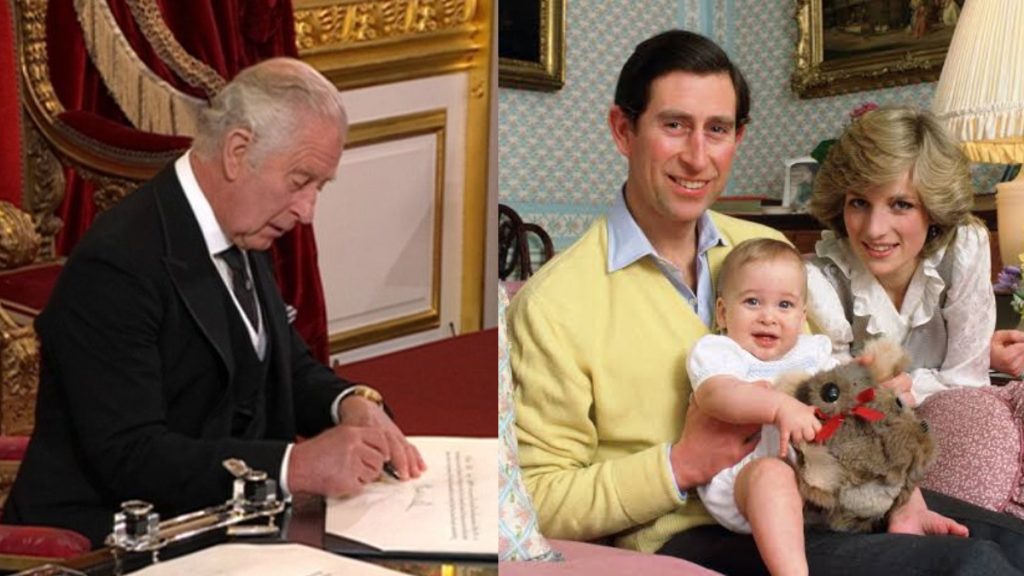
Health Issues
The recent corrective procedure for an enlarged prostate brings attention to the vulnerabilities that accompany aging, even for individuals in positions of great authority. Sources indicate that the monarch is “doing well,” underlining the advancements in contemporary medical practices.
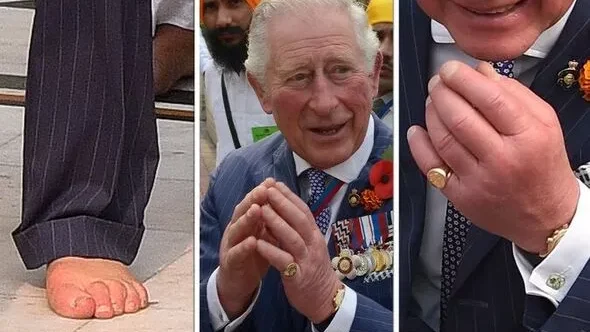
Enlarged Prostate
Understanding the medical intricacies of an enlarged prostate provides context to the recent health development. This common condition, particularly prevalent in older men, can impact urinary functions. The decision for a corrective procedure reflects the monarch’s commitment to maintaining health and functionality in his later years.
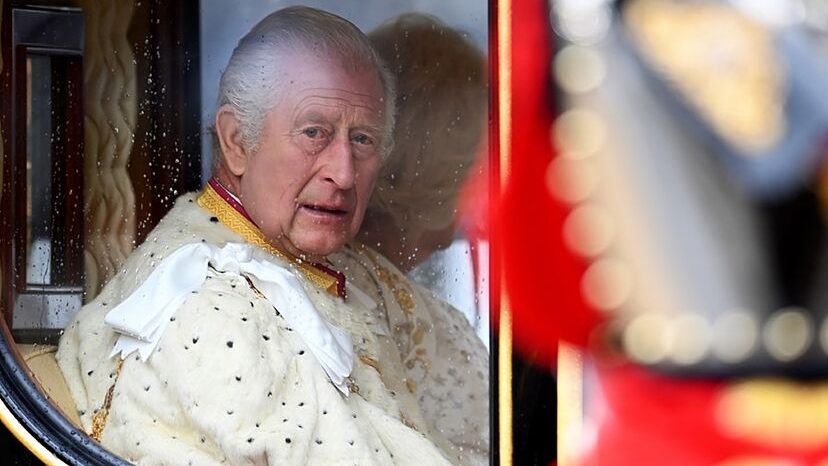
Surgery in the 16th Century
Drawing parallels between historical medical practices and the modern procedure, we observe a stark contrast. In the 16th century, surgical interventions were fraught with uncertainties and lacked the precision and advancements we now take for granted. King Charles III benefits from the strides made in medical science, ensuring a more predictable and successful outcome.
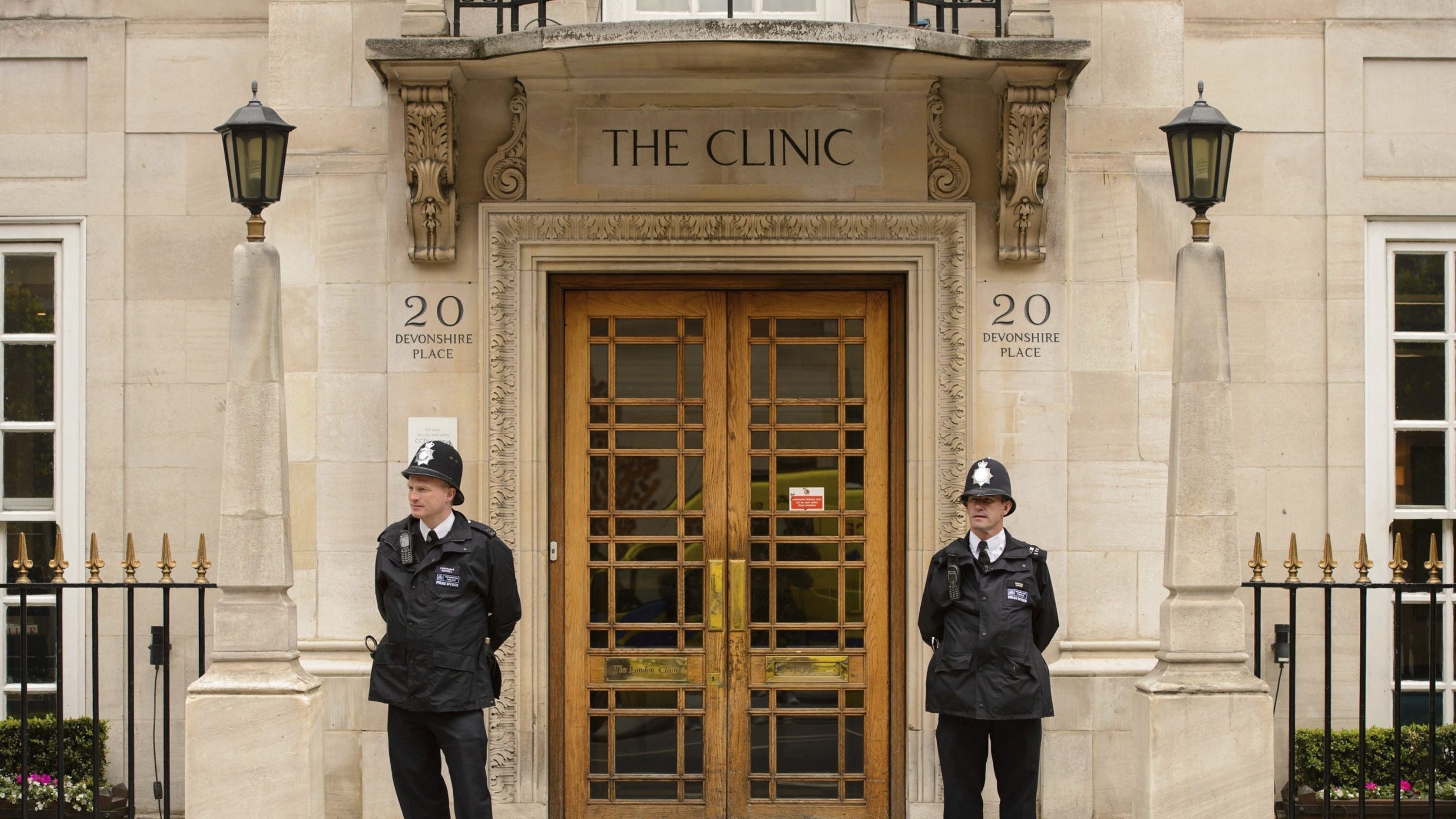
The Hospitalization
The scheduled nature of King Charles III’s treatment aligns with contemporary medical practices, emphasizing the importance of preventive and proactive healthcare. The admission to a London hospital signifies access to state-of-the-art facilities, a privilege not afforded to monarchs of centuries past.
Public Reaction
The public reaction to this health event undoubtedly mirrors historical responses to royal health crises. In the 16th century, such news would have evoked widespread concern and uncertainty. Today, however, a measured response prevails, reflecting both confidence in modern medicine and a more informed public.

Medical Challenges
Contrasting the medical challenges faced by King Charles III with those of historical monarchs highlights the strides made in healthcare. The corrective procedure for an enlarged prostate showcases the efficacy and safety of contemporary medical interventions, ensuring a positive prognosis for the monarch.

Legacy and Impact
As we reflect on this recent health event, it prompts considerations of its potential impact on the legacy of King Charles III. How will this chapter be written in the historical narrative? Will it shape perceptions of royal health and resilience? These questions linger as we witness a monarch navigating the challenges of aging with the aid of modern medicine.
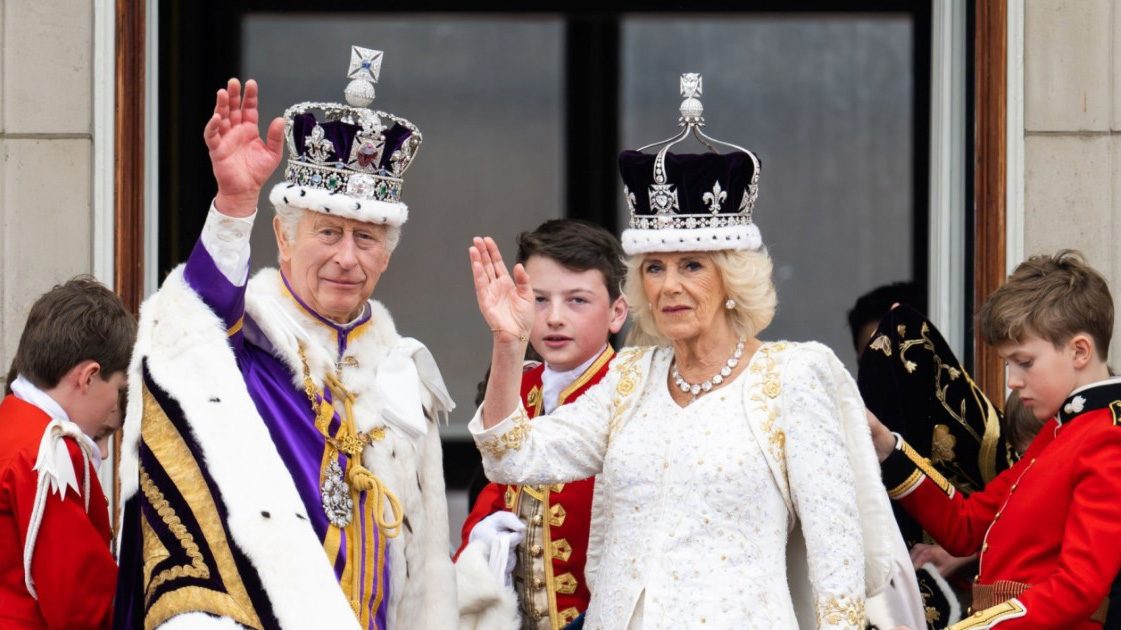
Lastly, the recent hospitalization and corrective procedure for an enlarged prostate offer a glimpse into the convergence of historical legacy and modern healthcare. King Charles III, at the age of 75, stands at the intersection of past and present, navigating health challenges with the benefits of contemporary medical advancements. As we await further updates, this episode serves as a testament to the evolving nature of royal health and the enduring legacy of monarchs throughout history.





GIPHY App Key not set. Please check settings